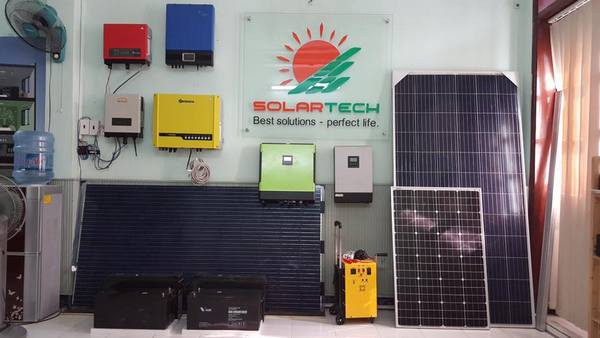Bookkeeping
How to Calculate After Tax Salvage Value
NỘI DUNG TRANG
Salvage value can sometimes be merely a best-guess estimate, or it may be specifically determined by a tax or regulatory agency, such as the Internal Revenue Service (IRS). The salvage value is used to calculate year-to-year depreciation amounts on tangible assets and the corresponding tax deductions that a company is allowed to take for the depreciation of such after tax salvage value assets. It is important to set an initial salvage value, which represents the estimated value of the asset at the end of its useful life. The depreciable amount is then determined by subtracting the salvage value from the asset’s cost.
Factors Affecting Salvage Value Calculation
If the depreciable property is used for both personal and business purposes, the tax deduction can only be based on the property’s business use. We’ll cover its use, key concepts and terms, and the important components of a MACRS depreciation table. Then, as a bonus, I’ll show you how to get a handy MACRS depreciation calculator for free, which will make your life much easier if you’re calculating depreciation frequently. A tax rate of 30% is applicable to both income and gains and is not expected to change in 5 years. Tax code requires the company to depreciate the plant over 5 years with $10 million salvage value.
Depreciation Methods for Valuing Assets Over Time
- Salvage value is important in accounting as it displays the value of the asset on the organization’s books once it completely expenses the depreciation.
- The matching principle is an accrual accounting concept that requires a company to recognize expense in the same period as the related revenues are earned.
- If the market is saturated with similar assets, the salvage value may be lower due to decreased demand.
- Moving on, let’s look through the details of how the salvage value can be used in depreciation calculations.
- It uses the straight-line percentage on the remaining value of the asset, which results in a larger depreciation expense in the earlier years.
Straight-line depreciation also factors in a piece of property’s salvage value, which is the estimated amount an owner would receive when selling the property at the end of its useful life. Accountants use several methods to depreciate assets, including the straight-line basis, declining balance method, and units of production method. Each method uses a different calculation to assign a dollar value to an asset’s depreciation during an accounting year. Some methods make the item lose more value at the start (accelerated methods), like declining balance, double-declining balance, and sum-of-the-years-digits. The depreciable amount is like the total loss of value after all the loss has been recorded.
How to Calculate After Tax Salvage Value: A Complete Guide
Depreciation allows you to recover the cost of an asset by deducting a portion of the cost every year until it is recovered. Depreciable assets are used in the production of goods or services, such as equipment, computers, vehicles, or furniture, and decrease in resellable value over time. Discover how to identify your depreciable assets, calculate their salvage value, choose the most appropriate salvage value accounting method, and handle salvage value changes. You must remain consistent with like assets; if you have two fridges, they can’t be on different depreciation methods. Regardless of the method used, the first step to calculating depreciation is subtracting an asset’s salvage value QuickBooks from its initial cost. Salvage value is the amount for which the asset can be sold at the end of its useful life.
- In many cases, salvage value may only reflect the value of the asset at the end of its life without consideration of selling costs.
- Salvage value is the estimated book value of an asset after depreciation is complete, based on what a company expects to receive in exchange for the asset at the end of its useful life.
- In the intricate sphere of finance and asset management, the scrap value is not merely a residual figure; it represents the latent potential of an asset nearing the end of its functional journey.
- Scrap value might be when a company breaks something down into its basic parts, like taking apart an old company car to sell the metal.
The disposal value, also known as gross proceeds, is the amount received when selling or disposing an asset. The first step is to determine this value by determining market prices for similar assets, referencing professional appraisals, or negotiating with potential buyers. Understanding after tax salvage value is a crucial component in determining the overall profitability of an investment or asset. It helps businesses and individuals estimate the net cash flow they will receive when disposing of an asset after taking into account the applicable tax consequences. In this article, we’ll walk you through the process of calculating the after tax salvage value.










